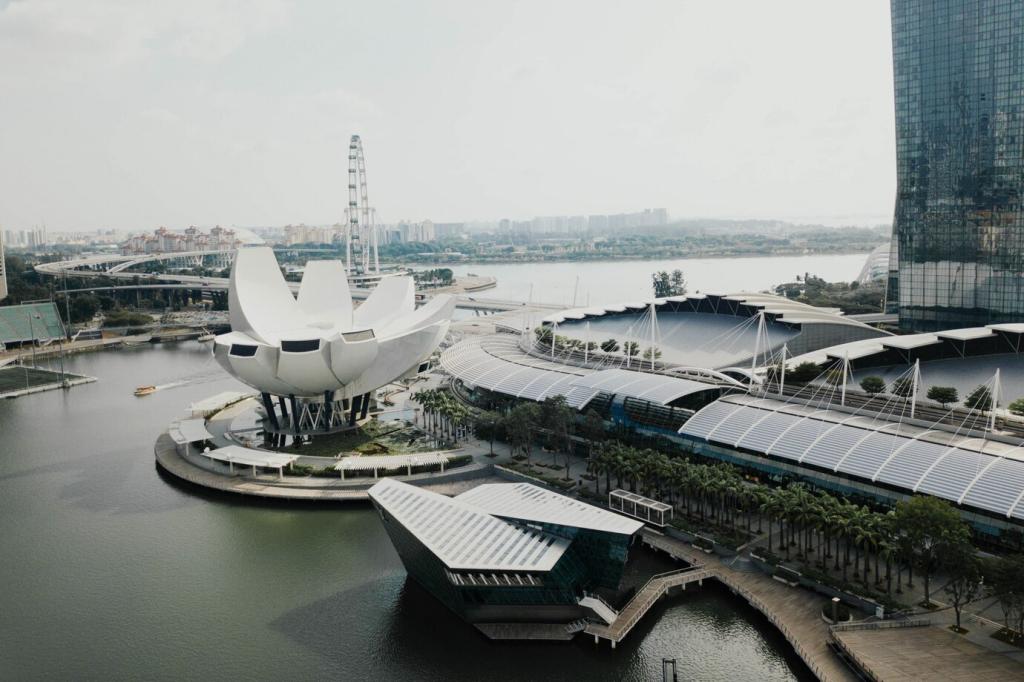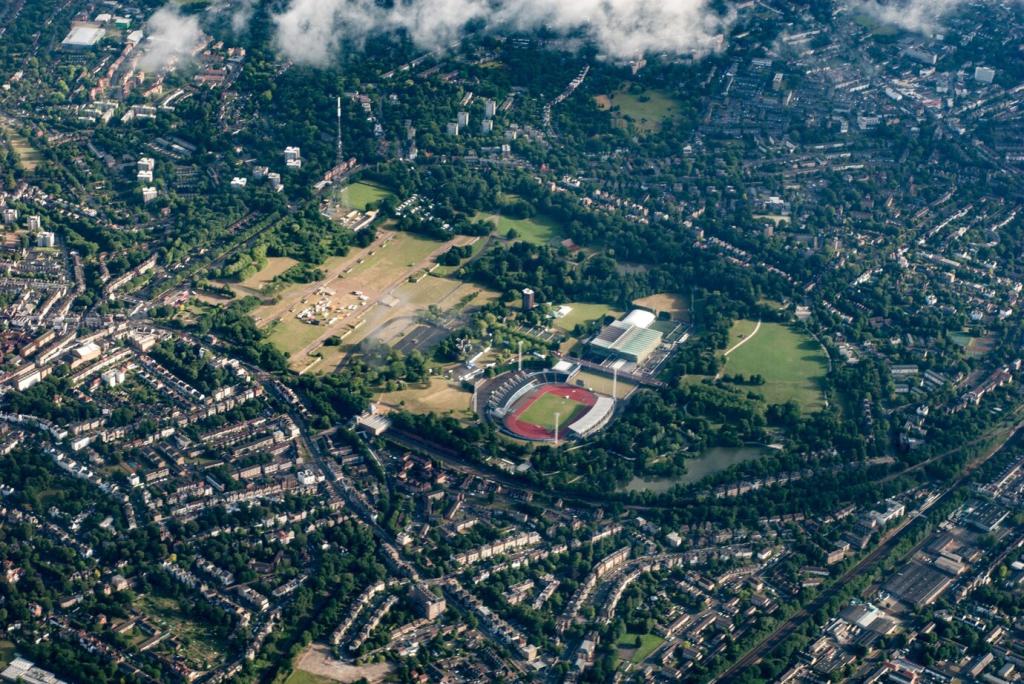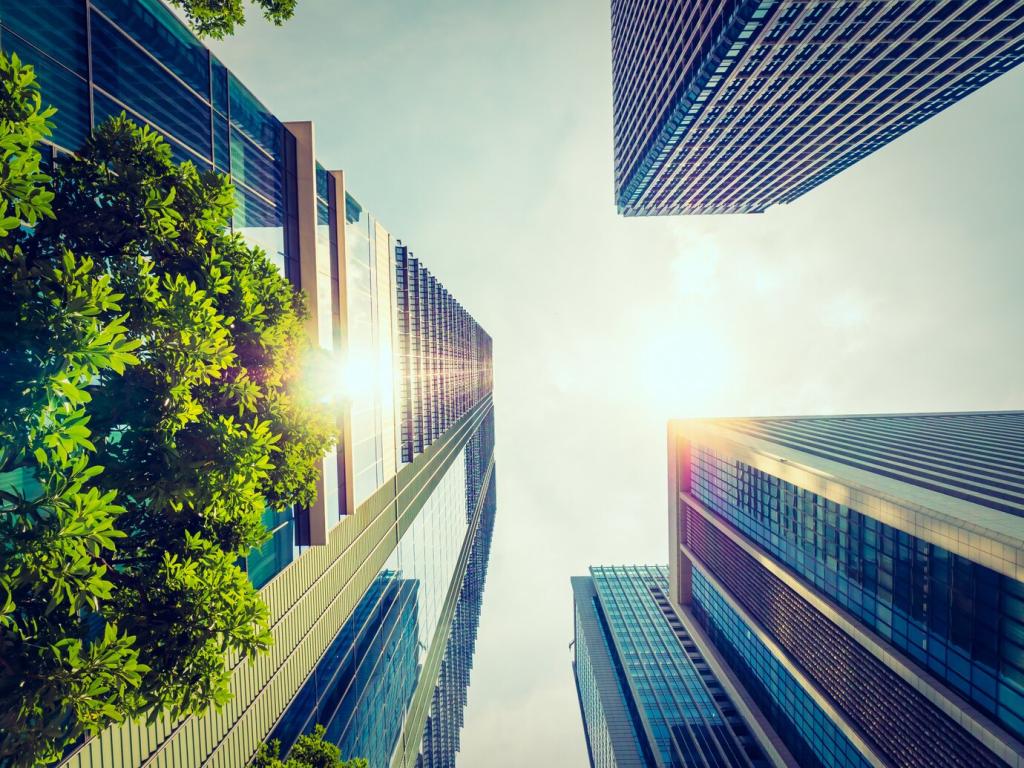
Wind Energy Integration in Cities
Wind energy is rapidly becoming a critical component of sustainable urban development. As cities seek solutions to growing energy demands and environmental challenges, integrating wind power into the urban landscape offers a promising pathway. Urban wind energy harnesses the natural resource of the wind and transforms it into electricity, reducing greenhouse gas emissions and promoting energy independence. The successful integration of wind energy into cities requires thoughtful planning, innovation, and community engagement to address unique challenges such as space constraints, aesthetic considerations, and grid compatibility. With modern advancements in turbine technology and city infrastructure, urban wind energy is increasingly viable, positioning cities at the forefront of the clean energy transition.
Technological Innovations for Urban Wind Power




Incentivizing Private Investment in Urban Wind

